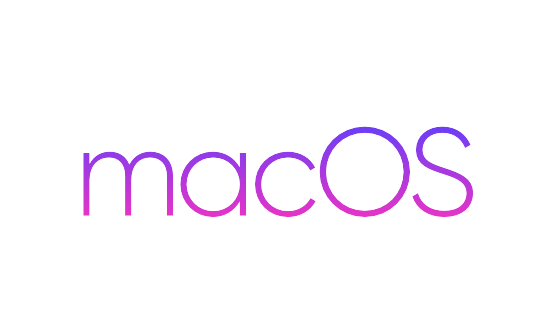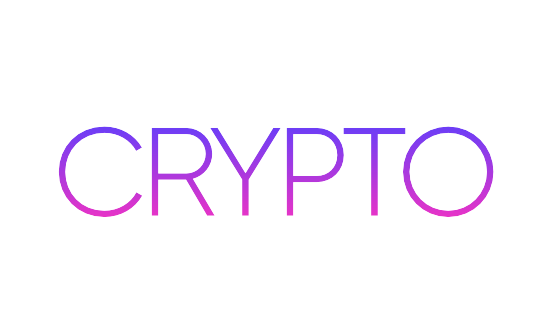Micro-segmentation is a method of isolating and securing workloads in data centers and cloud environments by dividing them into zones. Micro-segmentation can be used by system administrators to create policies that use a Zero Trust approach to limit network traffic between workloads. Micro-segmentation is used by businesses to reduce the attack surface of their networks, increase violation containment, and enhance regulatory enforcement.
Since micro-segmentation and software-defined networking (SDN) are related but distinct terms, it’s critical to know the difference. By separating the control and data planes and integrating network intelligence in software, SDN virtualizes network functionality. Traditional networking technology can be used to enforce micro-segmentation, but SDN-enabled micro-segmentation is much more versatile because it allows the system administrators to define and manage protection entirely through software. An increasing number of security and network virtualization vendors are collaborating on micro-segmentation technologies for this and other reasons.
Why is micro-segmentation required?
Micro-segmentation aids networking by establishing “demilitarised zones” for protection both inside and across data centres. Micro-segmentation software restricts an attacker’s ability to travel laterally within a data centre after breaching perimeter defenses by tying fine-grained security policies to individual workloads. This means it will reduce the overall attack surface of a network security incident by eliminating server-to-server threats within the data centre, safely isolating networks from one another, and eliminating server-to-server threats within the data centre.
The Advantages of micro-segmentation
Keep sensitive applications secure
Micro-segmentation improves vulnerability visibility and compliance for sensitive workloads and applications across networks and ecosystems, preventing security incidents from spreading from one compromised VM, service, or container to another.
Comply with regulatory requirements
Micro-segmentation improves protection and guarantees compliance with applications that must adhere to regulatory requirements. To simplify audits and document enforcement, granular visibility and control over sensitive workloads illustrate proper protection and data separation.
Drastically reduce your attack surface
Organizations’ network perimeters disappear as they virtualize on-premises data centres and embrace cloud environments, increasing attack surfaces. New threat vectors include workloads, automation, and API-based attacks. To reduce the attack surface across a variety of workload types and environments, micro-segmentation uses an allow-list model.
Micro-Segmentation Techniques
Micro-segmentation can be implemented in three different ways, depending on the network layer you use. Though the strategy can vary, the overall objective remains the same: to minimize the attack surface while adding access controls to isolated parts.
Micro-segmentation depending on the host
When micro-segmentation is implemented using a software-defined system, this approach is possible. It makes use of the workloads’ native firewall capabilities to provide distributed and fine-grained policy controls. Host-based micro-segmentation can be applied through data centres, cloud, bare metal, and hybrid environments with the help of an agent.
Micro-segmentation based on a network
This method is used to introduce micro-segmentation at the network layer by using VLANs to build segments and IP constructs or ACLs to configure and enforce policies. Smaller networks may also benefit from segmentation firewalls. However, using this method results in network bottlenecks, increased complexity, and coarse-grained segmentation.
Micro-segmentation dependent on hypervisors
The hypervisor can be used to separate and segment workloads since all traffic must pass through it. This strategy makes policy compliance more flexible and allows regulations to be enforced outside of the workload on the hypervisor. However, there are some disadvantages to this strategy, such as vendor lock-ins, a lack of process visibility, and the number of policies supported by the hypervisor, to name a few.
Conclusion
Monitoring traffic and enforcing policies to maintain a clear security posture becomes more difficult as the network becomes broader and more complex. Security teams can gain deep visibility, make segmentation granular down to the host level, and implement policies that follow workloads across distributed and complex environments using a software-defined micro-segmentation system, allowing for reliable, proactive protection against advanced cyber threats.
Micro-segmentation is a method of isolating and securing workloads in data centers and cloud environments by dividing them into zones. Micro-segmentation can be used by system administrators to create policies











